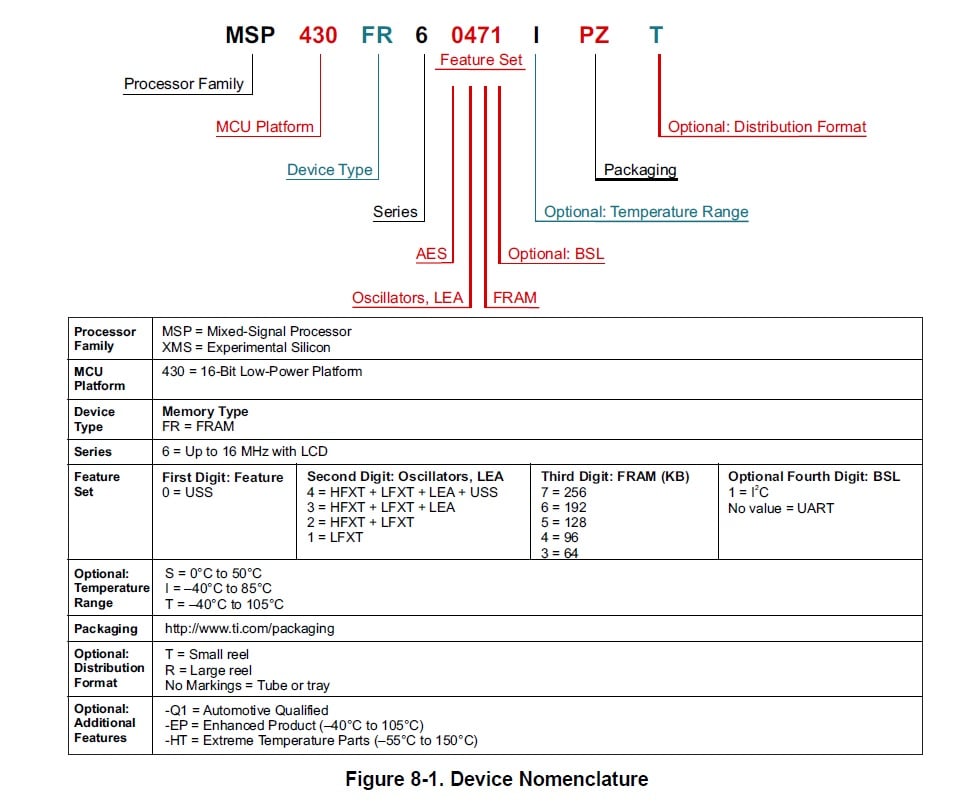Optimizing Smart Water Meters: A New Ultrasonic-Sensing Microcontroller from TI
In this article, we look at TI's new integrated ultrasonic-sensing MCU—the MSP430FR6047—that can deliver more accurate measurement for smart water meters.
In this article, we look at TI's new integrated ultrasonic-sensing MCU that can deliver more accurate measurement for smart water meters.
The MSP430 is a mixed-signal microcontroller family from Texas Instruments that is known for its ultra-low-power operation. Products in this family can be used for a long list of applications, and now you can add smart meters to that list.
TI's new MSP430FR6047 is an ultra-low-power microcontroller that integrates an ultrasonic sensing front-end for high-precision ultrasonic measurements, and it is specifically designed for water-metering applications.

Figure 1. TI’s ultrasonic-sensing MCU for water-metering applications. Image courtesy of Texas Instruments.
Many Features and Goodies—and a Long Datasheet
Besides including standard peripherals (such as SPI, I2C, and UART), this new microcontroller offers an onboard LCD driver (for up to 264 segments), a low energy accelerator (LEA), seven low-power modes of operation, a 12-bit SAR ADC, code security and encryption, six 16-bit timers, up to 256kB of ferroelectric random access memory (FRAM), and on, and on.
Okay, I get it...this MCU is packed full of features, and it appears the 181-page datasheet has them all covered. I say "appears" because, yes, I'm guilty of not reading all 181 pages of the datasheet. But having such a large datasheet—which is typical for microcontrollers—is essential for providing all the detailed information that you need to successfully implement a device such as this one. So kudos to TI!
Also, to help us get started using this new MCU, TI offers the MSP430FR6047 ultrasonic sensing evaluation module (see image below), the MSP430 MCU Ultrasonic Sensing Design Center, and this video to help explain it all.

Figure 2. TI's MSP430FR6047 ultrasonic sensing evaluation module. Image courtesy of Texas Instruments.
One section that isn't quite clear to me, however, is section 6 ("Detailed Description"), where TI refers to this MCU as the "MSP430FR60xx family." What's the deal with "xx"? This datasheet is clearly marked MSP430FR6047, and section 1.3 (Description) refers to this MCU as the MSP430FR6047 family. My guess, based on the part numbering scheme shown in the figure below, is that TI plans to expand the family that includes the MSP430FR6047.
Figure 3. The MSP430FR6047 part numbering system. Image taken from the datasheet.
The table below ("Device Comparison") suggests that other parts similar to the MSP430FR6047 are on the way; I searched TI.com for two of these part numbers (MSP430FR6045 and MSP430FR6037) but found no information on either of them. I guess we'll look forward to seeing them released in the future.
Figure 4. Summary of the “available family members” (though at least two of them seem to be unavailable). Image (Table 3-1) taken from the datasheet.
A New Measuring Technique that Enables Higher Accuracy Measurements
The MSP430FR6047 MCU is able to achieve more accurate measurement readings by using a complete waveform capture feature and ADC-based signal processing. Also, TI touts less than 25ps dTOF (differential time-of-flight) and a time measurement resolution of less than 5ps.
Although these two specifications sound very impressive, I honestly can’t put them in perspective, and TI does not include follow-up information for why or how this data is important—perhaps this is common lingo in literature for ultrasonic-sensing devices, but for those of us who are out of the loop, a little bit of background information would be appreciated.
Flow Sensor Not Included
Just to make sure this point is clear, this ultrasonic-sensing microcontroller does not include the actual ultrasonic sensor. Furthermore, TI doesn't suggest technical capabilities, mention noteworthy analog output specifications, or provide any other advice related to which ultrasonic flow-measuring transducer device might be ideal for use with this MCU.
Guidance for Application and Implementation
It's nice that TI provides some guidance for applications, implementation, and layout (see section 7). But they also include a note stating, "Information in the following Applications section is not part of the TI component specification, and TI does not warrant its accuracy or completeness." Okay...I understand that this information is only for guidance and I can't blame TI if something goes wrong with my design. With that disclaimer out of the way, TI provides information on decoupling and bulk capacitors, comments on oscillator options, PCB layout hints, and transducer connection recommendations.
Have you had a chance to use this ultrasonic-sensing MCU in a water metering project? If so, leave a comment and tell us about your experiences.









